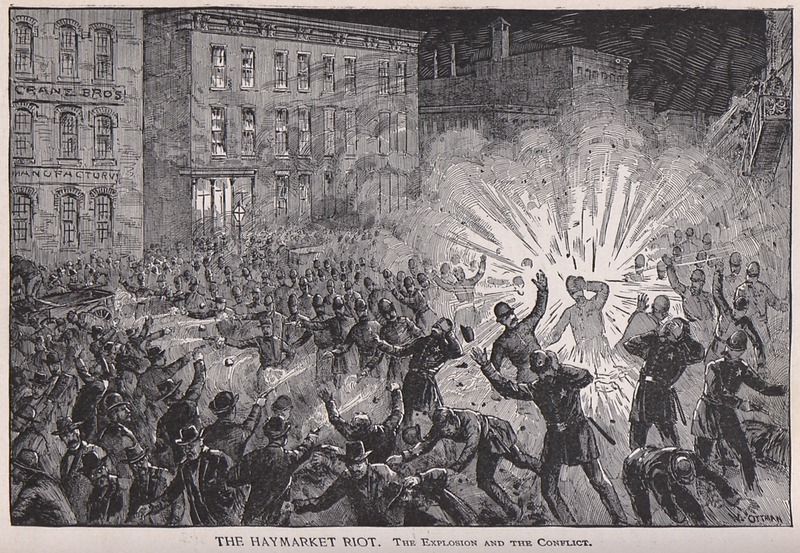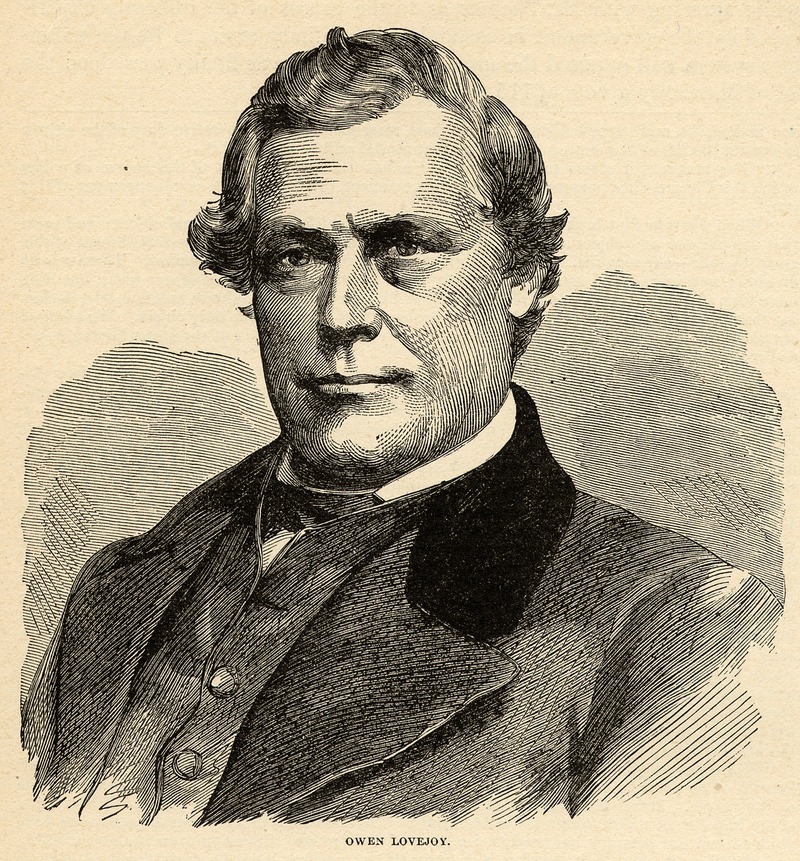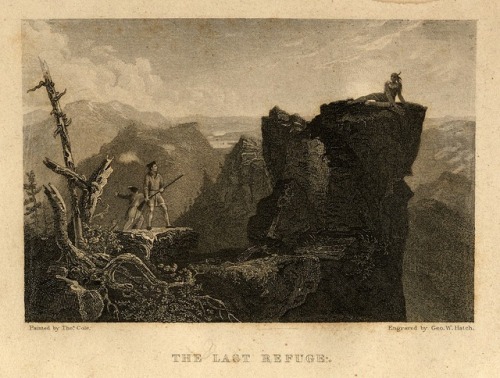
Image appears in Lincoln/Net, courtesy of the Chicago History Museum
This cartoon, dating from the late 1850s or 1860, depicts Illinois Senator Stephen Douglas, popularly known as the Little Giant, as a Roman gladiator armed with his doctrine of Popular Sovereignty. In Douglas’ usage, Popular Sovereignty suggested that citizens of territories seeking to become states should determine for themselves if slavery would be permitted there. This proved very controversial in the northern states because the Missouri Compromise of 1820 had forbidden slavery in territory acquired in the Louisiana Purchase located north of the 36 30′ (with the exception of Missouri). Douglas’ proposal potentially threw the entire West open for slavery, and served to intensify the sectional crisis that led to the Civil War.
See in NIU Digital Library



